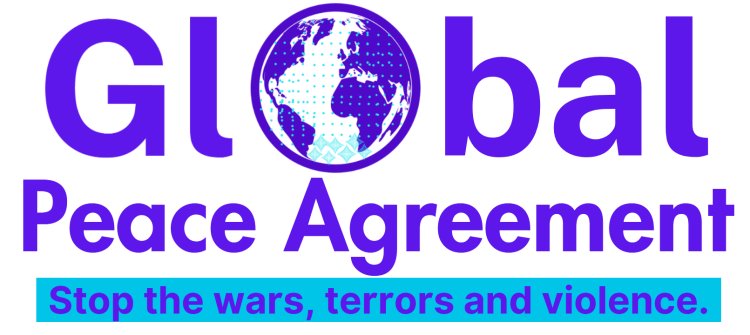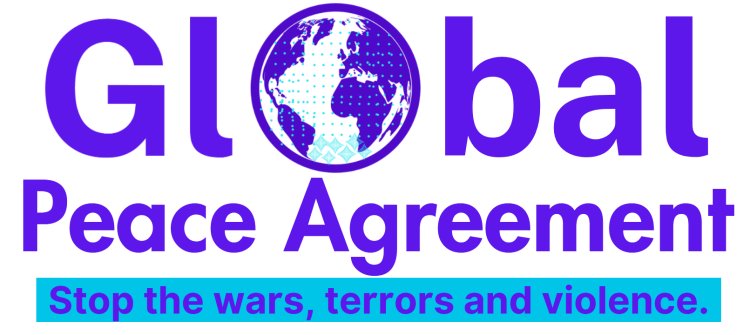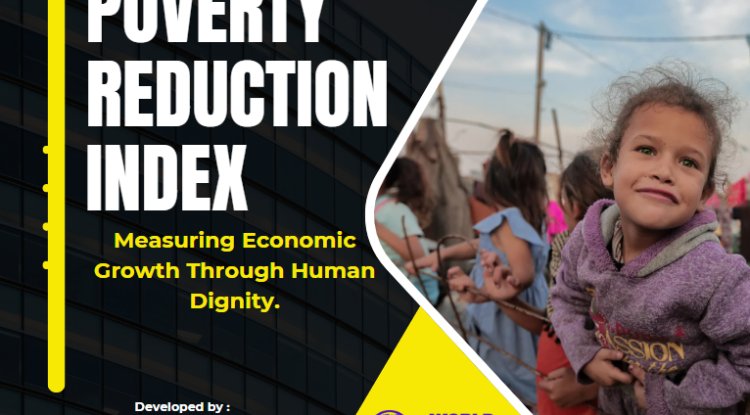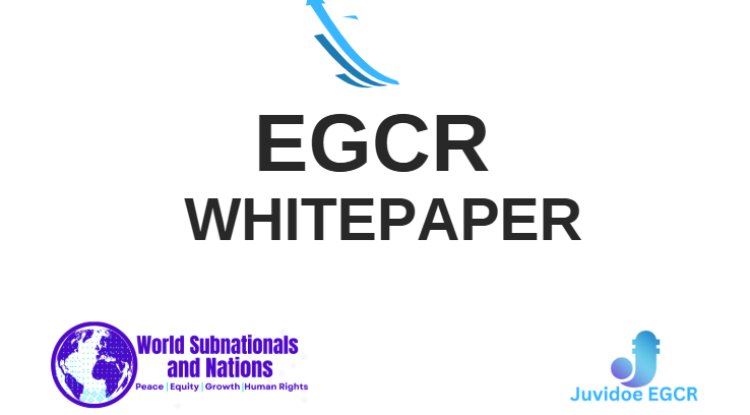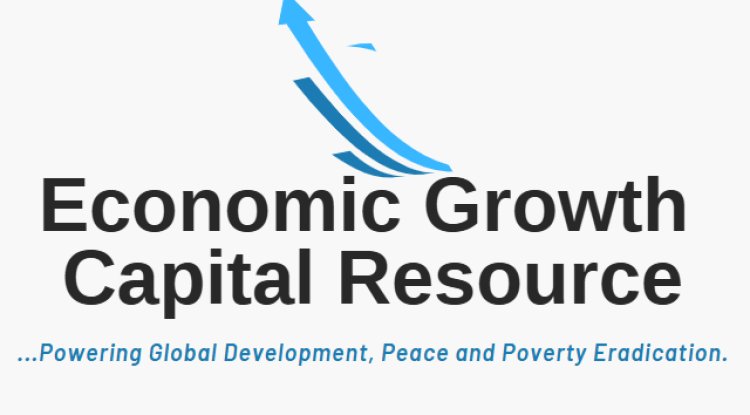Governance
As established by the Charter, the WSandN Organization is governed by three(3) arms namely:
The Assemblies
The World Peace Court and
The General Presidency
These represent the executive, legislative, and judicial branches which symbolize the pillars of democratic governance. Voting procedures are employed to enact policies, guaranteeing fair and inclusive engagement, and ultimately capturing the genuine aspirations of people across the globe.
The Assemblies, which serve as the highest governing authority, consist of five bodies: the General Assembly (GA), also known as the World Congress (WC), the Assembly of Subnationals (AOS), the Assembly of Nations (AON), the Security Assembly (SA), and the Economic Assembly (EA). Each of these bodies operates autonomously within the governance structure and is headed by a president who is elected annually for a term of twelve months, with a maximum of two consecutive terms.
wertyui
The General Assembly (GA)
Primary Purpose: For collective overall key decision making.
The General Assembly, also referred to as the World Congress or the People's Assembly, is comprised of all members of the WSandN across the globe, including all other governing arms. Serving as the WSandN's highest platform for discussion, policy formulation, and representation, the World Congress ensures that every member is given a voice in the decision-making process through open voting. The annual session and general debate of the World Congress attract a diverse range of individuals, leaders, and heads of national and subnational governments. To make significant decisions regarding peace, security, and budgetary matters, a two-thirds majority from the World Congress is required, while decisions on other issues are determined by a simple majority. Every two years, the World Congress elects a President who serves a two-year term with a maximum of two terms.
wertyui
The Assembly of Subnationals (AOS)
Primary Purpose: To cordinate leadership and operations of WSandN at subnational and grassroot level.
The Assembly of Subnationals (AOS) serves as a platform for discussion, policy formulation, and representation for all subnational regions. Through an inclusive voting process, all members have a voice in making important decisions. Semiannual sessions and debates are held at subnational levels globally, providing an opportunity for all members, including individuals, leaders, and heads of subnational territories, to participate. The AOS may arrange additional meetings as needed. A two-thirds majority is required for crucial matters like peace, security, and budget, while decisions on other issues are determined by a simple majority. Every year, a President is elected to lead for a one-year term, with a maximum of 3 terms.
wertyui
The Assembly of Nations (AON)
Primary Purpose: To cordinate leadership and operations of WSandN in national levels globally.
The Assembly of Nations (AON) functions as a forum for discussion, policy creation, and representation for nations territories. Through open voting, all members have a chance to contribute to important decision-making processes. Semiannual sessions and debates occur at subnational levels worldwide, open for all members, including individuals, leaders, and heads of nation authorities/governments, to attend. A two-thirds majority is necessary for decisions on significant matters such as peace, security, and budget, while other issues are resolved by a simple majority. Each year, the Assembly elects a President to serve a one-year term, with the option of being re-elected for up to 3 terms. The AON leadership may organize further meetings as the need arises.
wertyui
The Security Assembly (SA)
Primary Purpose: For maintaining international peace and security.
Comprising security experts selected from diverse regions and countries worldwide, the Security Assembly operates on the basis of one member, one vote. All member states and subnational territories are bound by the decisions of the Security Assembly as per the Charter. This body plays a key role in assessing threats to peace and acts of aggression, advocating for peaceful conflict resolution, and proposing reconciliation methods or settlement terms. While sanctions may be imposed in certain instances, the Security Assembly does not condone the use of force or violence to maintain or restore peace and security. Additionally, the Presidency of the SA rotates monthly through a structured system.
wertyui
The Economic Assembly
Primary Purpose: Oversee economic growth of nations and subnational territories.
The Economic Assembly (EA) is the central platform for reflection, debate, and innovative thinking on sustainable development for both World Subnationals and Nations. Its primary function to coordinate and review policies, engage in policy dialogues, and provide recommendations on economic, social, and environmental issues. Additionally, it has the crucial role of overseeing the implementation of development goals that have been agreed upon internationally. Acting as the central mechanism for the WSandN system and its specialized agencies in the economic, social, and environmental fields, the EA is responsible for supervising economic subsidiary and expert bodies. The EA consists of one economist representing each subnational territory and one economist representing each nation of the world. Each representative serves a three-year term.
wertyui
The World Peace Court (WPC)
Primary Purpose:Peacefully resolve conflicts among nations by adjudication and provide expert advice on matters of international law.
The World Peace Court (WPC) serves as the primary judicial body for the World Subnationals and Nations. Its main role is to resolve legal disputes brought forward by States in accordance with international law, and to offer advisory opinions on legal matters referred to it by World Subnationals and Nations entities and specialized agencies. The WPC functions based on its Statute, with a panel of 21 judges elected by the WSandN General Assembly and Security Council for 7-year terms. The Court ensures diversity by limiting one judge per nationality and requiring representation of major civilizations and legal systems. The WPC handles disputes between nations and provides guidance on international legal issues, intervening in subnational cases only if violence persists post a nation's supreme court ruling. The decisions made by the WPC are binding, and all WSandN member states and subnational regions are bound by the WPC Statute, enabling them to initiate legal disputes.
wertyui
The General Presidency(GP)
Primary Purpose: Organization's Chief Administrative Officer.
The General Presidency is composed of two vital elements: the President-General and a diverse workforce of international WSandN staff members. These dedicated individuals, as mandated by the World Congress and other principal bodies of the Organization, are responsible for carrying out the day-to-day operations of the Organisation. The President-General is elected and appointed by the world congress, upon the recommendations of the other Assemblies and governing bodies, The President- General assumes the role of the Organization's Chief Administrative Officer. This position is held for a renewable term of five years, with a maximum limit of two tenures. Furthermore, the President-General serves as a symbolic figure, embodying the ideals of the Organization and advocating for the well-being of all individuals globally, particularly those who are impoverished and vulnerable. The WSandN recruits staff members from all parts of the world.
